 |
| © AllThingsDogBlog.com Dog Park Socialization Good for Most Dogs |
Dear Michael:
My 1 year old lab seems to have a peculiarity that I wonder if you have information on. We have a wireless fence so he doesn't go outside the yard, however dogs will not come into the yard to play. They obviously avoid coming into the yard. The few that do come in pay no attention to my dog. Marco will go up to them and want to play but get No reaction from these other dogs.
Sometimes Marco will not go near the dog, but rather act like he is afraid. He is very friendly to people and has only once become aggressive with a dog--a puppy that was a bit too rough; Marco was bit on the lip. At the bark park he does find a couple of dogs to play with and becomes the submissive dog. It's really not a big problem but I am curious to know what is going on. He is an AKC Lab.
In his fenceline he is eager to play with other dogs , but it's like he's timid and is hesitant in approaching other dogs. I've never seen such a submissive dog.
Thanks, Jim
------------------------------------------------------------
Dear Jim:
Wireless electronic fences can be tricky business with some dogs. Here’s the problem. Dogs can come in, but your dog can’t chase them out. Add to that, your dog can see other dogs and people passing by but can’t get to them. This can create a very common dog behavior problem called barrier frustration, and it’s a common cause of aggression in dogs.
The good news is Marco isn’t at that point. We hope he never gets there, of course. But I think he might be at risk. That’s because there are some other factors at play here.
A lot of dogs when they are younger may appear timid or even fearful in social situations. This can show up when interacting with other dogs, or when interacting with people. Why is Marco shy around some dogs? We can’t know for sure. It could be related to the scuffle he had with that puppy. It could be related to the fence. It could also be his personality.
Nevertheless, we want to take action now. Shy dogs when they are younger can (and often do) choose more offensive behavior later in life. This is why some people say their dogs “snap.” The dog begins displaying aggressive behavior rather than defensive behavior. The owner didn’t see it coming, probably because most of us aren’t looking for those kinds of problems.
Nevertheless, we want to take action now. Shy dogs when they are younger can (and often do) choose more offensive behavior later in life. This is why some people say their dogs “snap.” The dog begins displaying aggressive behavior rather than defensive behavior. The owner didn’t see it coming, probably because most of us aren’t looking for those kinds of problems.
I’m the guy people call when their dog bites someone or another dog. So, I’m always looking. I know, buzz kill.
Anyway, there is plenty of hope – and maybe even no need for worry. It’s great that Marco has doggie playmates and interacts quite well with some dogs. Keep encouraging that. In fact, keep looking for more of that behavior. I strongly suggest you supervise Marco closely, even when he is in your own yard. If another dog wanders in, be Marco’s advocate and help shoo that dog away. When Marco is interacting with his invited friends or at the bark park, be his cheerleader and shore up those developing play skills. If the play gets rough, intervene and give Marco a break. If it sounds a lot like parenting, it is. Dog parenting.
Here are the tell tale signs of healthy dog play:
The dogs take turns. Marco may get chased; then he may chase the other dog. Marco may get tackled; then he may tackle the other dog. It's a back-and-forth thing. Some dogs prefer one role over the other. Just make sure Marco isn't getting overwhelmed or frightened.
The dogs take breaks. Play breaks may only be a second or two. You just want to make sure that one dog isn't over running the other one relentlessly.
The activity is loose and wiggly. One my mentors says play is wasted energy. It isn't efficient and tight like aggression. Play can get rough and noisy, but it's always joyful looking.
Michael
Enjoy Michael's Archives or check out his latest posts here:
Velcro Dog
Socializing After Learned Dog Aggression
Two Steps for Housetraining
The dogs take turns. Marco may get chased; then he may chase the other dog. Marco may get tackled; then he may tackle the other dog. It's a back-and-forth thing. Some dogs prefer one role over the other. Just make sure Marco isn't getting overwhelmed or frightened.
The dogs take breaks. Play breaks may only be a second or two. You just want to make sure that one dog isn't over running the other one relentlessly.
The activity is loose and wiggly. One my mentors says play is wasted energy. It isn't efficient and tight like aggression. Play can get rough and noisy, but it's always joyful looking.
Michael
.jpg) |
| © used with permission from Robyn Arouty Photography |
Velcro Dog
Socializing After Learned Dog Aggression
Two Steps for Housetraining
Houston Dog Trainer Michael Baugh owns Michael’s Dogs Training and Behavior. He specializes in canine behavior related to fear and aggression.Michael's advice does not replace an actual consultation with a qualified trainer.




















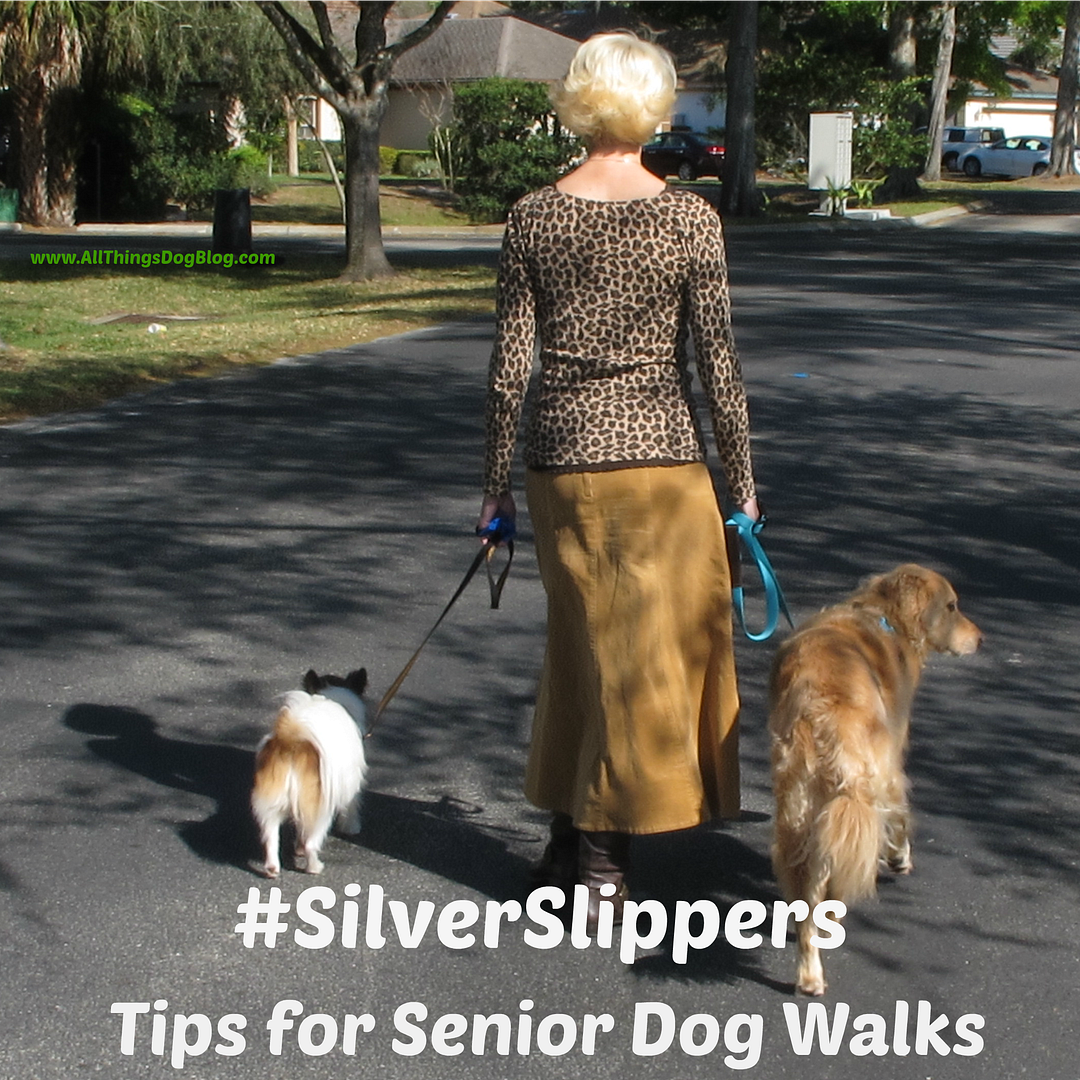





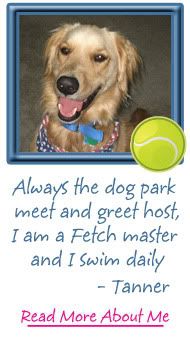
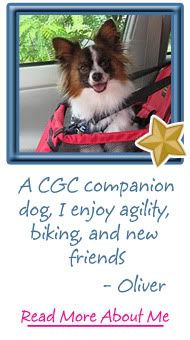





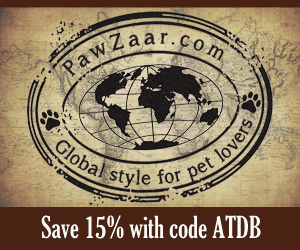
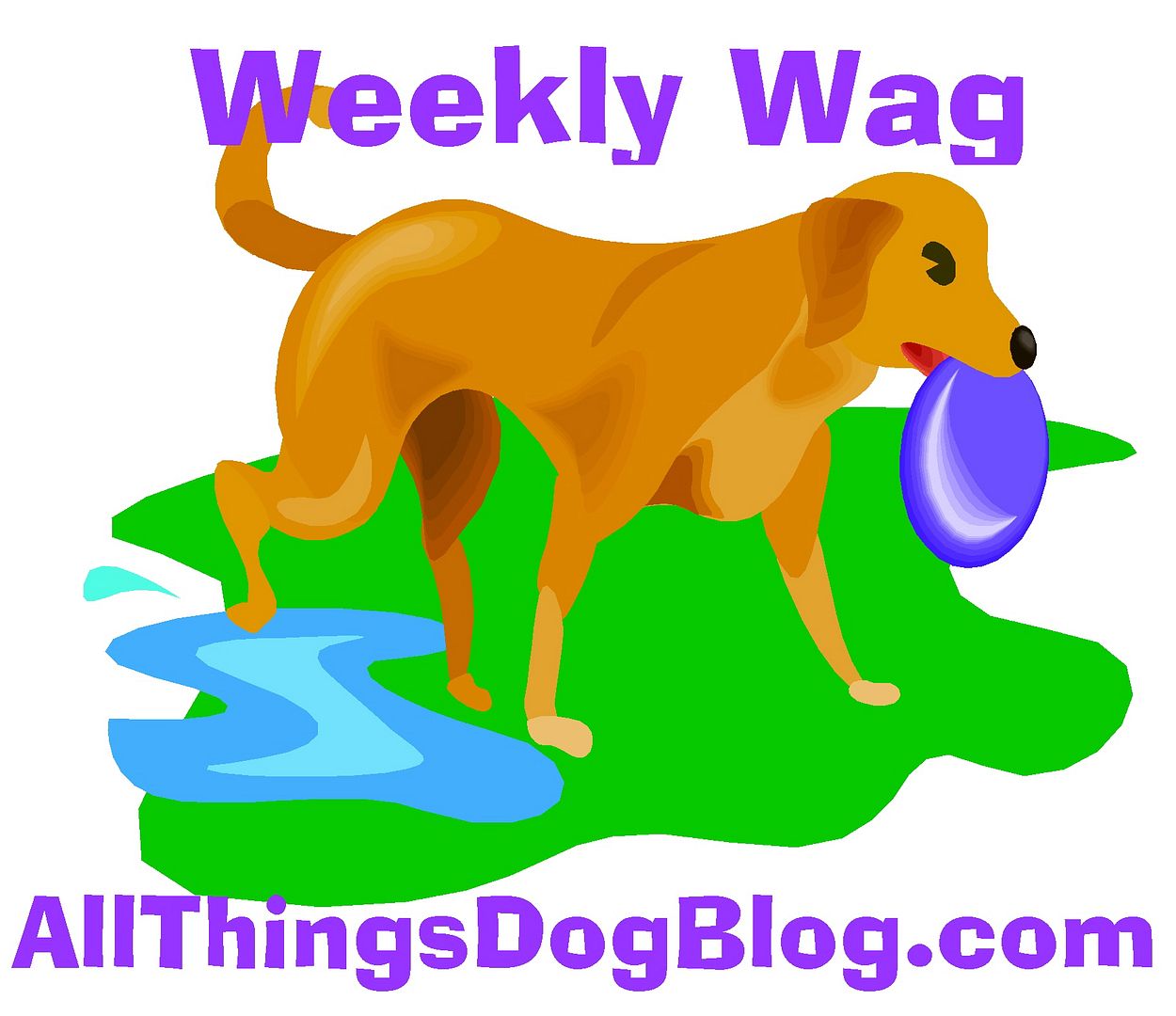



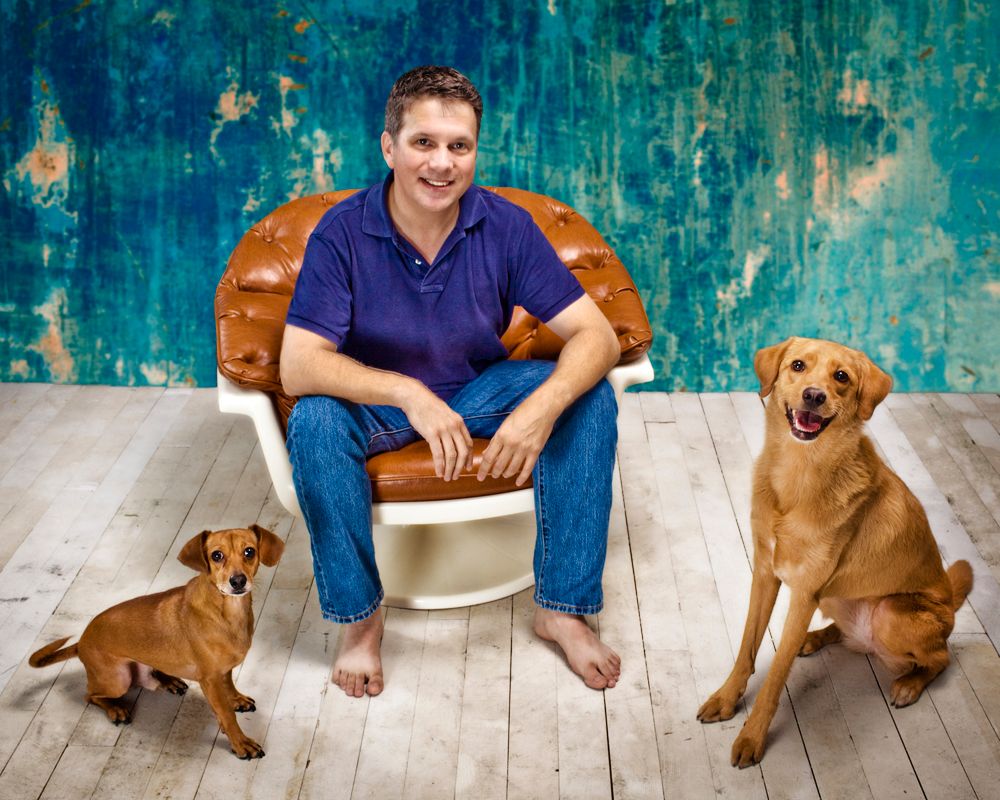


1 comments:
marksdorcel said...
The pets take smashes. Perform smashes may only be a second or two. You just want to create sure that one dog isn't over operating the other one often.
Post a Comment